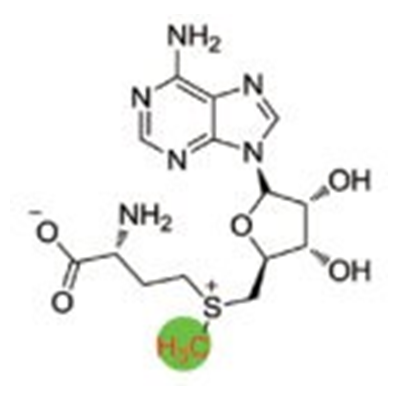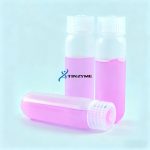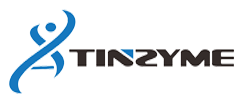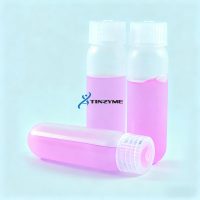
S-adenosylmethionine (SAM)
2025-11-19
BigDye 3.1 sequecing kit
2025-12-03Sanger Sequencing Kit
Product Number: SGS3101, SGS3102
Components
This kit includes Sanger Dye ready reaction mix and 5x Sequencing buffer.
| Component | Volume | Storage |
| Sanger Dye ready reaction mix | 50uL | -15 to -25 °C |
| 5x Sequencing buffer | 250ul | -15 to -25°℃ |
- Avoid excess (that is, no more than 5-10) freeze-thaw cycles.
- Before each use of the kit, allow the frozen stocks to thaw at room temperature (do not heat).
- Mix each stock thoroughly and then centrifuge briefly to collect all the liquid at the bottom of each tube.
- Whenever possible, keep thawed materials on ice during use. Do not leave reagents at room temperature for extended periods.
Description
Sanger sequencing, also known as chain termination sequencing, is a method of DNA sequencing developed by Frederick Sanger and colleagues in 1977. Sanger sequencing is the gold standard for both first-generation and next-generation sequencing. It is currently the international standard for all gene testing, including fluorescence quantitative PCR TaqMan probe method, ordinary PCR method, chip method, second-generation sequencing method, mass spectrometry method, and other methods.
The Sanger sequencing kit provides the required reagent components for the sequencing reaction in a ready reaction, pre-mixed format. You need only provide your template and the template-specific primer.
These reagents are suitable for performing fluorescence-based cycle sequencing reactions on single-stranded or double-stranded DNA templates, on polymerase chain reaction (PCR) fragments, and on large templates (for example, BAC clones).
Keywords
Sanger Sequencing kit, big dye kit.

